
Get news, updates, & event Info delivered right to your inbox:
Principles for Restoration Done Right
Launched on June 5th, 2021, the United Nations General Assembly declared 2021–2030 as the United Nations Decade on Ecosystem Restoration. With scientific evidence identifying this timeframe as a critical juncture to halt, prevent, and reverse ecosystem degradation, many scientists consider this humanity’s last chance to prevent catastrophic climate change – and The UN Decade has partnered with over 60 organizations committed to working together to make this decade count.
One Tree Planted is honored to be recognized as a supporting partner of the UN Decade, and today we’re breaking down the 10 Principles of Ecosystem Restoration originally outlined by the UN to help you better understand the philosophies that guide how we’re tackling climate change and environmental recovery together.
Read on For the 10 Ecological Restoration Principles:

1. Ecosystem Restoration Contributes to Global Goals
Simply put, ecosystem restoration is everybody’s business, and has a global impact. All restoration projects, programs, and initiatives no matter the size, will contribute to global targets for sustaining life on Earth. Without worldwide support, and the restoration of hundreds of millions of hectares globally, we are unlikely to achieve the 17 Sustainable Development Goals(SDGs) of the 2030 Agenda for Sustainable Development. Seeking to end poverty, conserve biodiversity, combat climate change, and improve livelihoods for everyone, everywhere. The SDGs make it clear: we all have to do our part. To us, this means continuing what we do best planting trees– at a global scale!
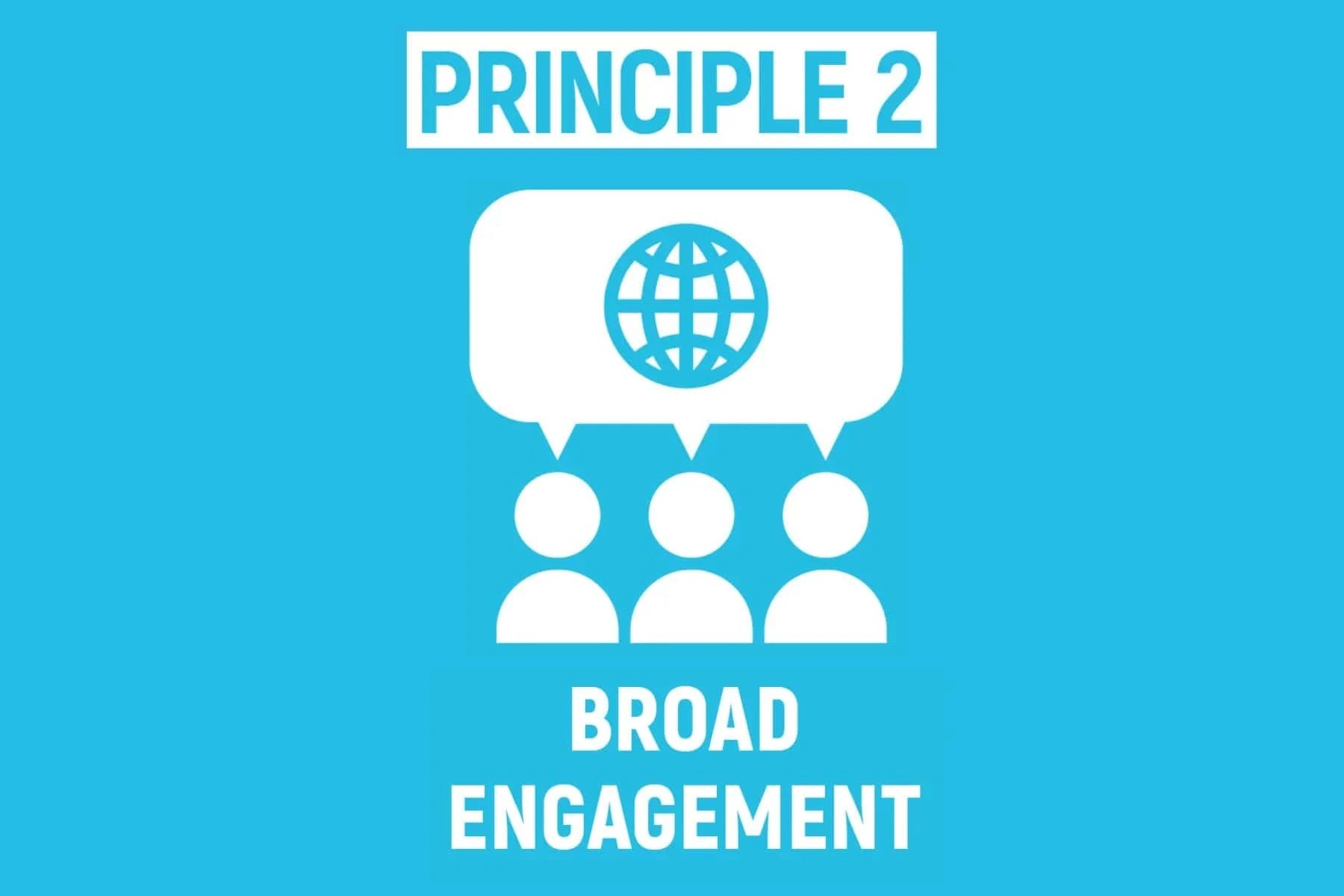
2. Ecosystem Restoration Promotes Environmental Inclusivity
In order to promote ecosystem restoration with long term results, all people – especially under-represented groups must be inclusively provided with opportunities to be a part of the framework for environmental action in meaningful ways. Inclusion can look like providing equal access to knowledge, resources, and opportunities; addressing social injustice to ensure representation and need; and advocating for restoration to occur in an impartial and equal course of action. At One Tree Planted many of our projects focus on empowering local communities through job creation, training in sustainable tree care, and reforestation designed to address the needs of the local population while also restoring the landscape.
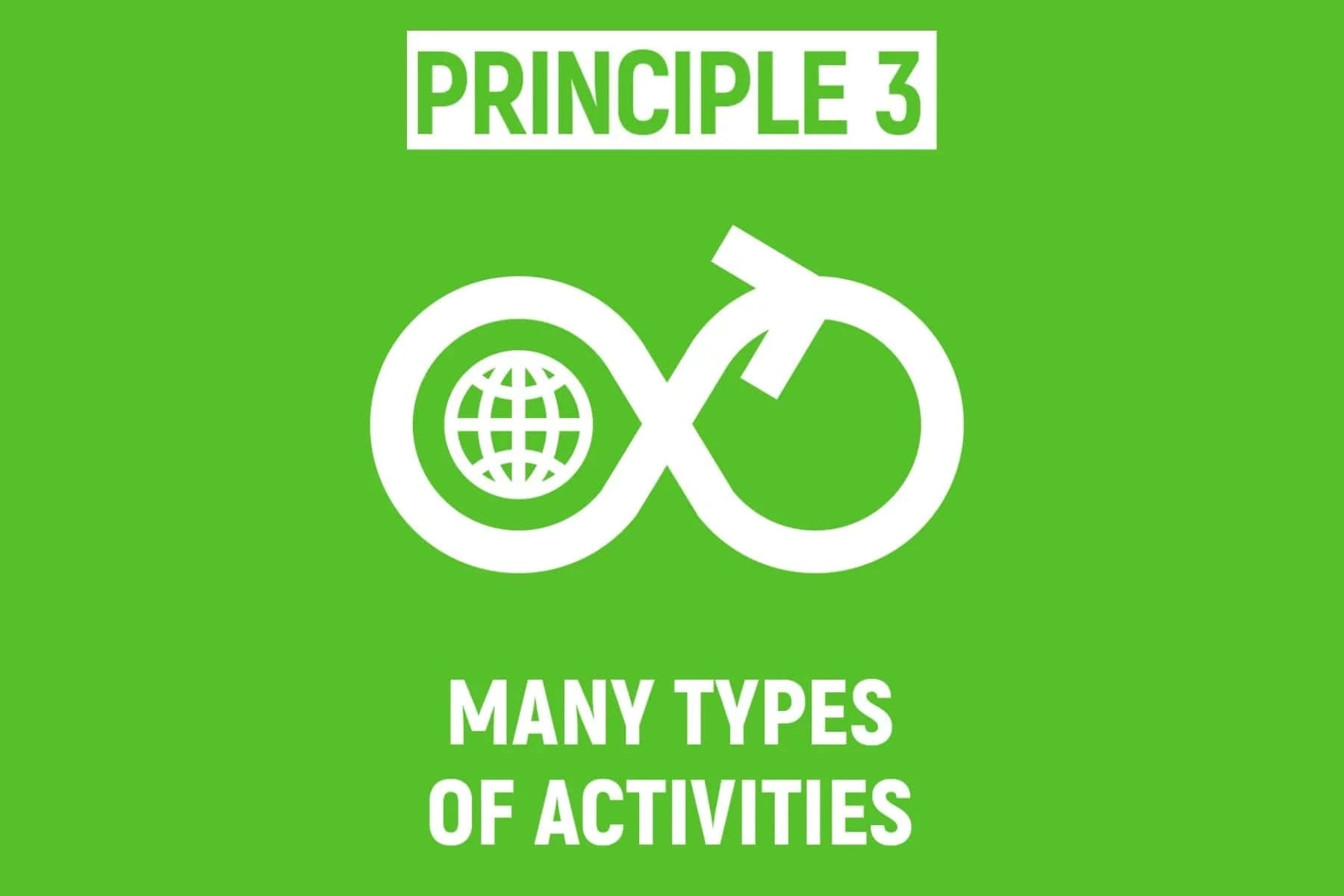
3. Ecosystem Restoration Requires Diverse Action
Methods of restoration need to be diverse in order to repair degraded ecosystems of all kinds. The activities that support restoration can look different based on the region or project objective, but ultimately all work towards the greater goals of rehabilitating ecosystems and redirecting the course for positive change! Diverse action can come from a diverse range of partners, or one partner who diversifies their own measures. This can be in the form of planting a multitude of tree species, ensuring project plans address both the social and ecological needs of an area, and complementing reforestation with other restorative activities such as trash cleanups or pollinator gardening.
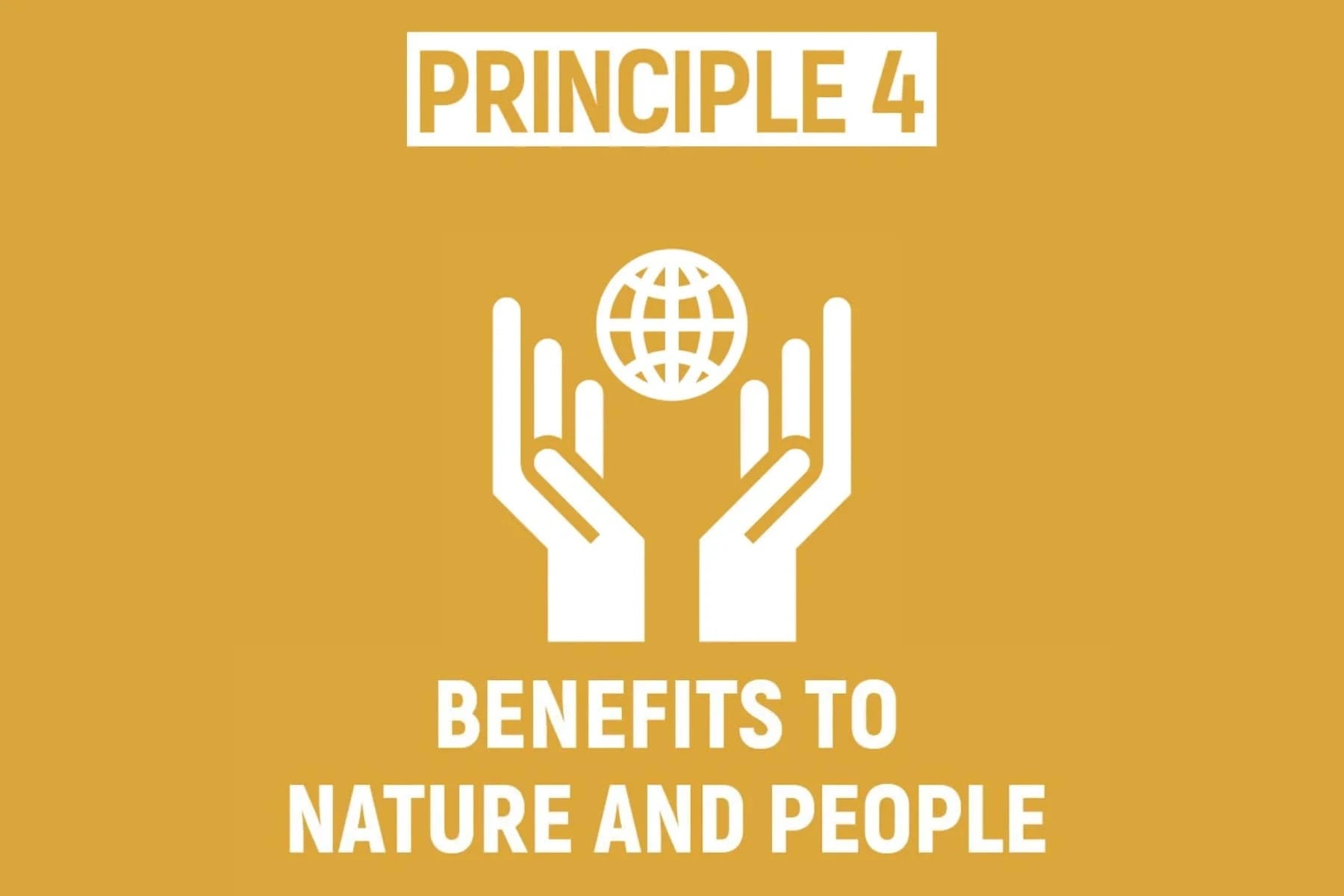
4. Ecosystem Restoration Aims for Top Recovery
When it comes to ecosystem restoration, we want to show meaningful outcomes. The more action we take to combat climate change, the more impact we have to heal. The UN Decade’s goal is to “achieve and sustain the greatest net gain possible,” in taking action against degradation from 2021 on – and restoration isn’t a cure-all. Both restoration and conservation play a vital role on the path to future ecological health. In order to truly restore ecosystems we must also look to prevent future harm by haltingdeforestationand the conditions that lead to environmental degradation.
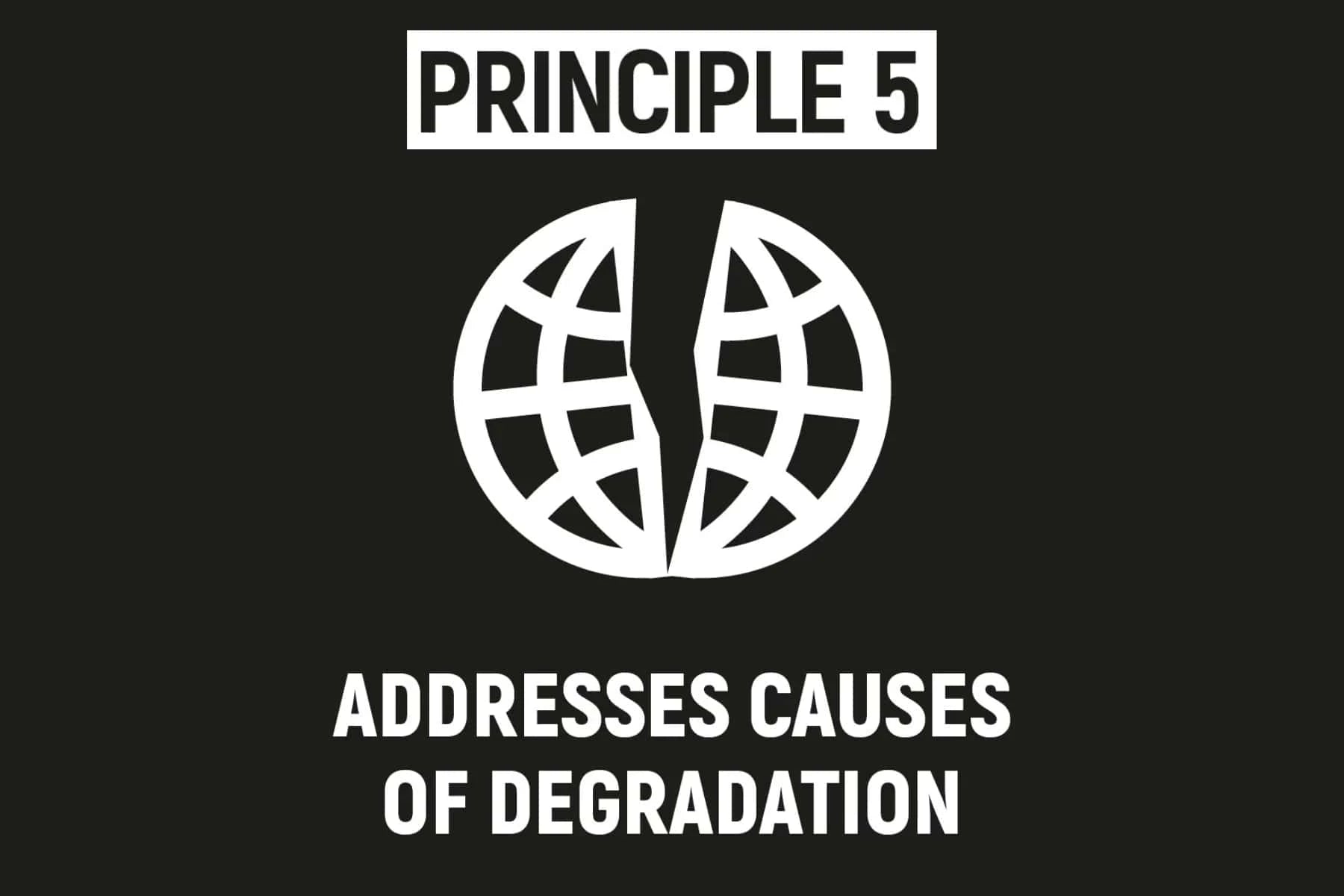
5. Ecosystem Restoration Addresses Where We Went Wrong
All of the activities we take part in to combat the effects of deforestation and climate change should also be addressing the sources that created, and furthered the effects of it to prevent future damage. If the causes aren’t addressed – restoration could fail over time, or worse, allow us to repeat history in the long run. Agroforestry is a great example of addressing the root causes of deforestation from unsustainable food systems - and recognizing that agriculture is essential for local communities - yet finding ways to integrate more trees into farms and provide training that moves away from destructive practices towards regenerative ones.
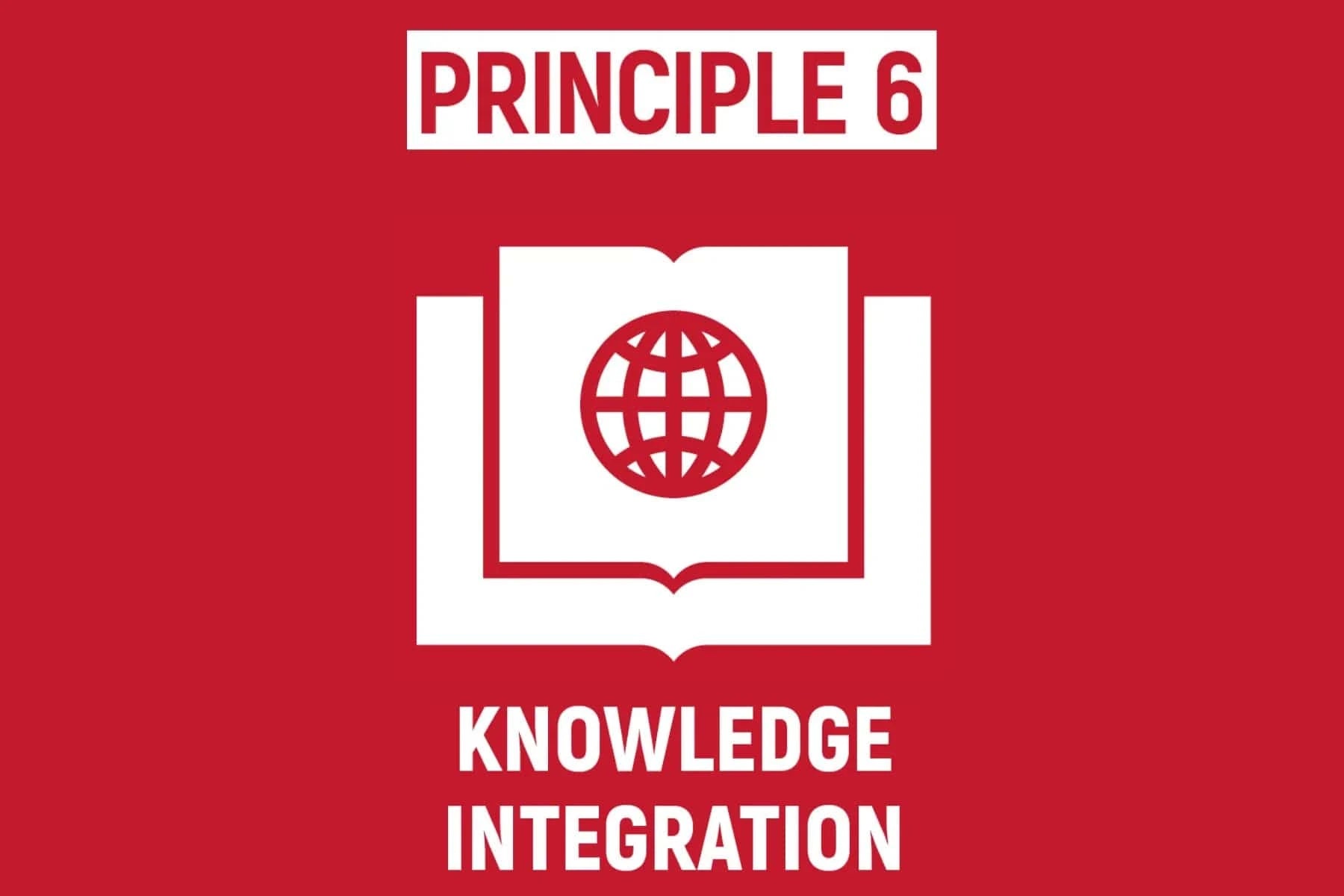
6. Ecosystem Restoration Takes All Types of Intelligence
To create an inclusive, and well informed restoration program a comprehensive understanding of nature’s systems is needed. Creating a knowledge bank of scientific, cultural, and traditional sources fosters inclusive environmental decision making and encourages communities to share knowledge about effective practices or innovative approaches to climate action. At One Tree Planted we work with experts in the field of reforestation alongside local community members where planting takes place to create a collaborative educational environment that can allow our trees to thrive.

7. Ecosystem Restoration Has a Ten Year Plan (And a Five Year Plan)
One of the most integral parts to generating positive long term environmental change? Planning ahead. Creating clear objectives and goals for both the long and short term should be established, and based on overall global needs. Tracking progress against these targets allows us to measure any movement away from the baseline of ecosystem degradation, hopefully in a positive direction! At One Tree Planted every project has a well thought out plan before the project is even approved, and then implementation has timelines, milestones, and long-term strategies in place.

8. Ecosystem Restoration Thinks Globally, and Locally
Ecosystem restoration happens at both a global, and local scale. No matter the size of the restoration project, and no matter the location – the ecological and conditions within the community are important. Successful restoration depends on adequately addressing the environmental factors such as sea level, wildfires, and climate, as well as the socio-economic needs of a community. To us, this means considering what trees are native and can flourish in any given environment, and how trees will impact the people who are local to planting sites – by providing cleaner air, job opportunities, and reducing global temperatures, among many other tree benefits.
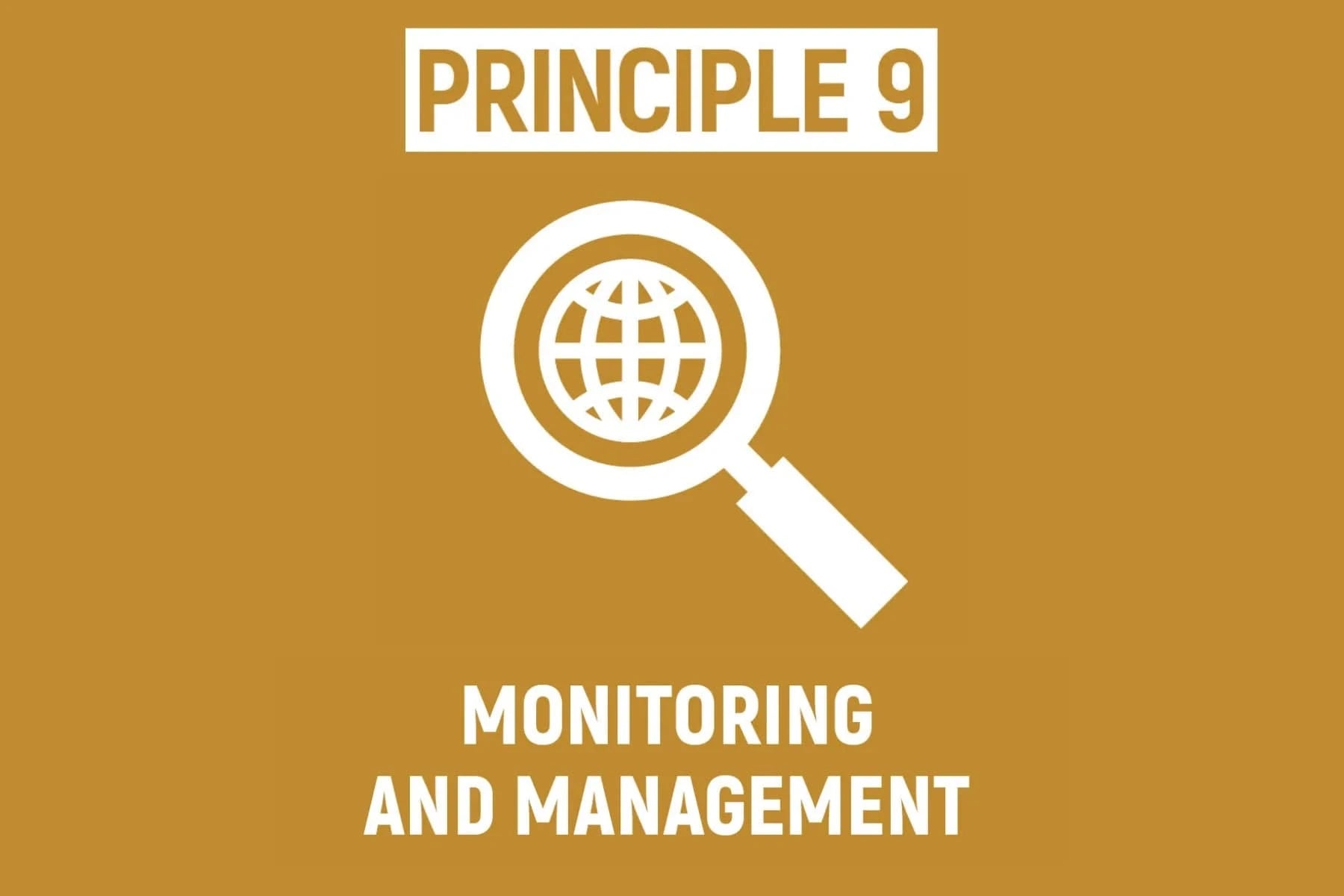
9. Ecosystem Restoration Must Be Monitored
Recording the changes in our environment has allowed us to understand climate change to date. The continued monitoring of biodiversity, ecological health, and human responses to restoration is an integral part of determining the success of the restoration initiatives, and is an important part of future decision making needs! Here at One Tree Planted, this role is taken on by forestry and monitoring experts who leverage a wide range of technology to make sure we are always working smarter on the long road ofreforestation.

10. Ecosystem Restoration is Enabled By Policy
When it comes to climate change, young people have the most at stake. Establishing an empowering policy environment, that spans across multiple industries, is important for achieving long-term restoration objectives and goals that affect our younger generations. Although COVID-19 has temporarily reduced the ability to hold in-person protests, you can bet that Gen Z will get back out there as soon as possible. Help them grow by joining in, listening, and offering your support!
The goal of the UN Decade on Ecosystem Restoration is simple: to maximize the positive impact we make on ecosystem health – by halting, preventing, and reversing degradation. Together, we can all do our part in this mission. Want to support us in ecosystem restoration? Plant trees today!
Get news, updates, & event Info delivered right to your inbox:
Related Posts
Real vs. Fake Christmas Trees: Which is Better For the Environment?
20/11/2025 by Meaghan Weeden
8 Reasons to be Grateful for Trees This Thanksgiving
18/11/2025 by Meaghan Weeden
The Ultimate Guide to Sustainable Holiday Gifting
13/11/2025 by Meaghan Weeden
Popular On One Tree Planted
What Causes Deforestation?
10/07/2025 by Meaghan Weeden
8 Amazing Bamboo Facts
14/01/2025 by Meaghan Weeden
Inspirational Quotes About Trees
09/01/2025 by Meaghan Weeden
Fundraising Disclosures

Be Part of the
Restoration Movement
The Grove is more than just a monthly giving program: it's a vibrant community of individuals who are dedicated to reforestation and environmental restoration on a global scale.
As a member of The Grove, you affirm your commitment to restoring forests, nurturing biodiversity, and fostering positive global change.





